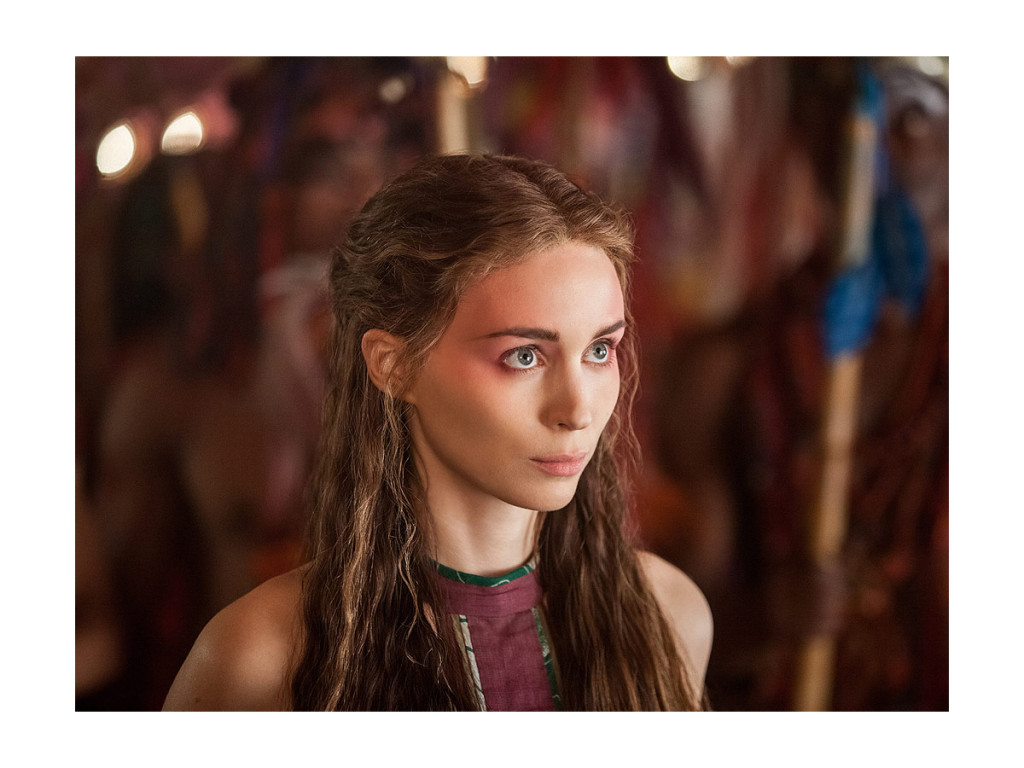
Having recently seen the movie “Pan” with Rooney Mara as Tiger Lily, I found myself thinking about the representation of racial minorities in media, or more specifically, television. It feels as if television networks make remarkably little effort when it comes to breaking from the mold of type-casted roles by using varying ethnicities of color in TV.
In the show, “Fresh Off The Boat,” whose plot is about a Chinese family adapting to a primarily Caucasian environment, Jessica Huang (Constance Wu) talks to her sons about being actors. She is confused as to why they are getting involved in the school play, since they will only ever be cast as ‘the nerdy friend’ or if there is a scene in China Town. As a Japanese American, I can’t help but agree with this statement. There are typically five stereotypical roles when one thinks of Asian actors and they have been the same for as long as I can remember: martial artists, dragon ladies, geeks, foreigners and prostitutes. One would assume that in this day and age we would have progressed far enough to see a myriad of minorities playing many roles, but, unfortunately, it appears that the television industry has yet to relinquish their grip on cliches that they assume work for their viewers.
For every show that is being called progressive in respects to expanding their cast and plot regarding this issue, there are infinitely more that are still reluctant to include minorities. Typically, one sees a “mixed” group dynamic when it comes to standard television, but the majority of that group will be white with a token minority. “The Mindy Project,” starring Mindy Kaling, seems exactly that — a project. When the show started, I wasn’t sure if viewers would respond well to having a person of color as the star, but if high ratings prove anything, it’s that it works. Hopefully, this will open the door to many other aspiring actors and actresses who attempt to take on being the lead of a show. However, it’s a demanding uphill battle for these eager performers due to the “mixed” group precedent that the industry has established.
The statistics regarding the number of white directors and writers for television is staggering, since less than 10 percent have been people of color. It is concerning that so much art by people of color is being outvoted and underrated. But there is a way to change that — us. We as the future generation of writers, actors and creators of art have the power to change the industry. We cannot stand aside and think that this is how it will always be. We need to provide quality work in such great quantities that studio officials will have no choice but to acknowledge it.
It’s terribly disappointing to think that there is still this feeling of separation on a media outlet that was meant to bring us closer together as a society. Television has progressed and evolved to allow viewers to look at what can be achieved by everyone. I can only hope that in the near future neither you, dear reader, nor I will have to dwell on such thoughts and that television will truly become a melting pot of American culture as it was meant to be.








